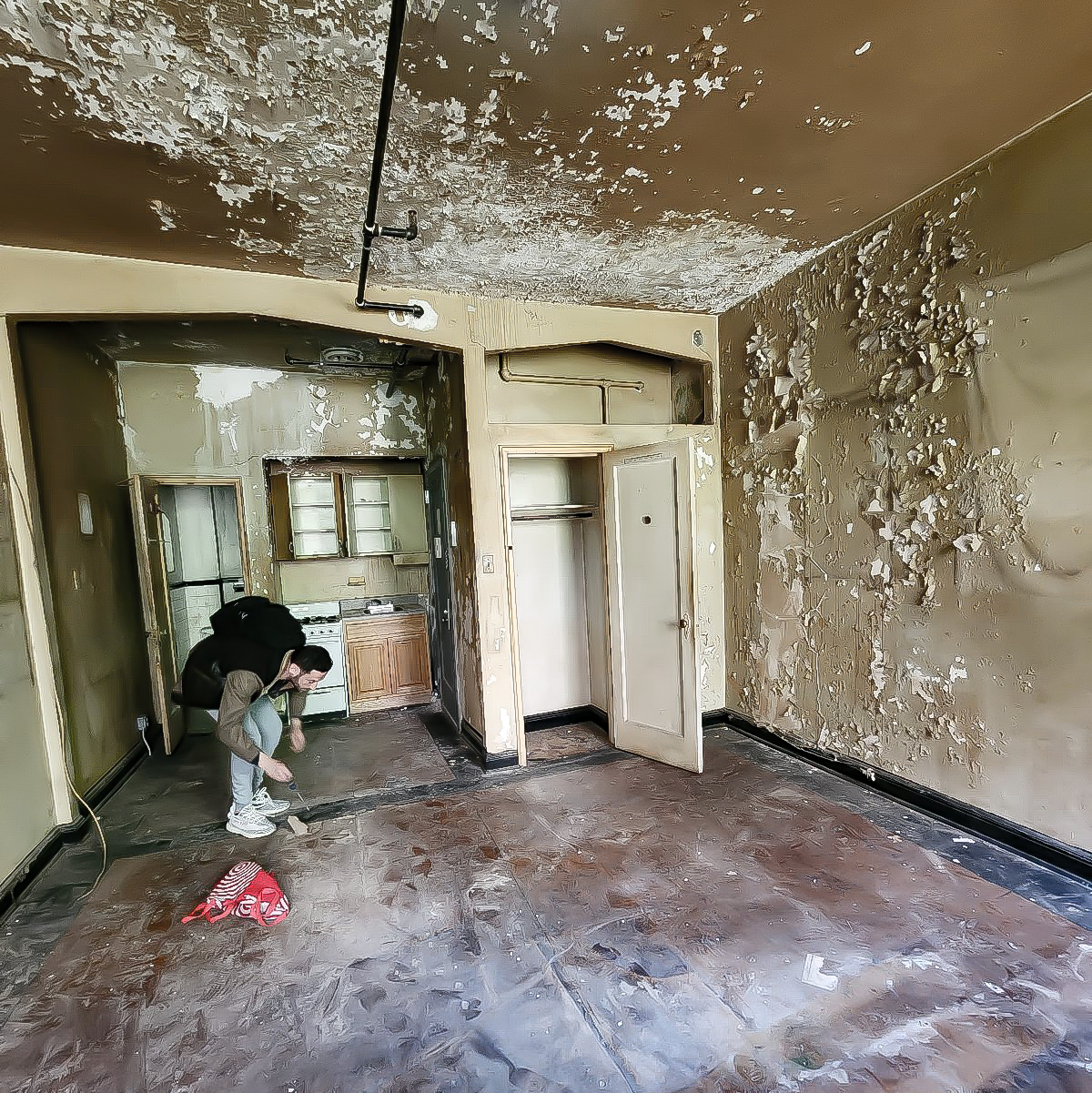
What is Asbestos…And Why Should I Care?
Understanding how Asbestos can affect your luxury townhouse or apartment renovation.
Most of us have heard of Asbestos and at least know it is something that is BAD. Many though do not know why it is bad and how it can affect your renovation.
Asbestos is a naturally occurring mineral that was widely used in construction materials due to its durability, heat resistance, and fire-retardant properties. However, it was later discovered that prolonged exposure to asbestos fibers could cause serious health issues, including lung cancer, mesothelioma, and asbestosis. As a result, the use of asbestos in construction has been heavily regulated or banned in many countries, including the United States.
In New York City, the filing and approval process for a luxury apartment or townhouse projects can be affected by the presence of asbestos. Before any construction work can begin, a thorough investigation must be conducted to determine if there is any asbestos-containing material (ACM) present in the building or on the property. An ACP-5 is an official form stating that there is no asbestos in the scope of work and is required for the Department of Buildings to accept the application.
This investigation is typically performed by an accredited asbestos inspector, who will collect samples of any suspect materials for laboratory analysis. If ACM is found, a licensed asbestos contractor will need to be hired to safely remove and dispose of the material before any construction work can begin. Asbestos is commonly found in glues under old wooden floors, insulation around old pipes, in ceiling tiles, and roofing caulk and mastics. The inspector will take samples of all areas of work scheduled to be affected by the renovation and send the samples to the lab for testing.

The presence of asbestos can significantly delay the filing and approval process for a luxury apartment or townhouse projects in New York City. The investigation, removal, and disposal of ACM can take several weeks or even months, depending on the extent of the contamination and the complexity of the project. Additionally, the cost of asbestos removal can be significant, adding to the overall cost of the project.
It is important to understand that not all asbestos is dangerous if left alone. In some cases, even if asbestos is found, the scope of work can be modified to avoid disturbing the asbestos and eliminate the need for the abatement process.
In order to avoid potential delays and cost overruns, it is important to conduct a thorough investigation for the presence of asbestos early in the planning process. This will help to identify any potential issues and allow for adequate time and resources to be allocated for asbestos removal, if necessary.
It is also important to work with experienced and licensed professionals throughout the filing and approval process. This includes asbestos inspectors, licensed asbestos contractors, and
This is not to say that it will be easy. On the contrary, excavating down to create additional space is complicated and expensive, but as this space is exempted from floor area calculations and is not visible from the street can be an excellent and approvable opportunity.
Many New York City townhomes were built with Party Walls. This means that the building’s side wall structure is shared with its neighbor. This had the advantage of saving space, but it means that any modification to this wall has to be done with extreme care and sometimes with the permission of the neighboring building.
One of the most important aspects of any renovation is ensuring that the building’s structural integrity is maintained or improved. Structural underpinning is one technique that can be used to achieve this goal. In this blog post, we will explore what structural underpinning is, the reasons why it might be needed as part of a luxury New York City townhouse renovation, its costs, benefits, and risks.




